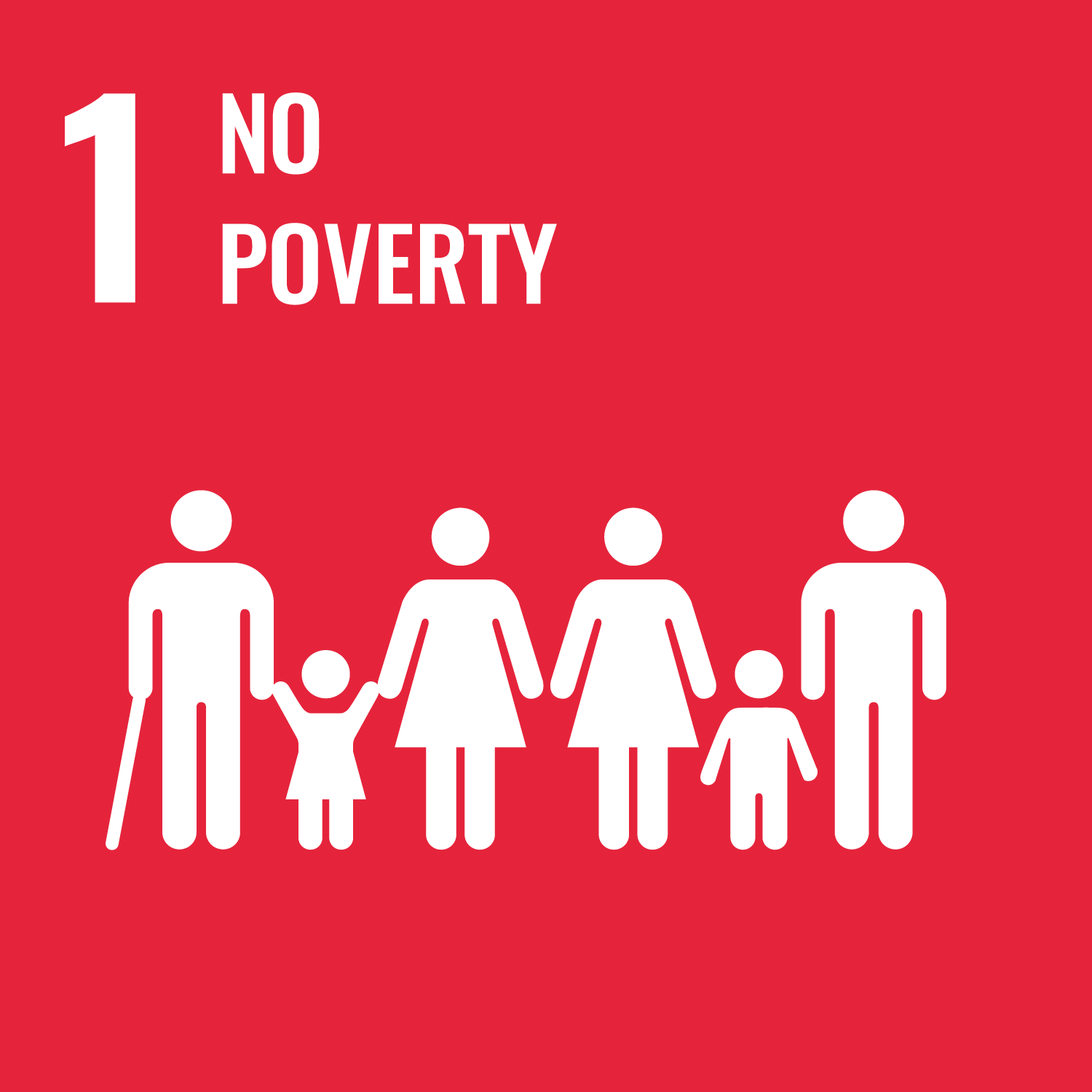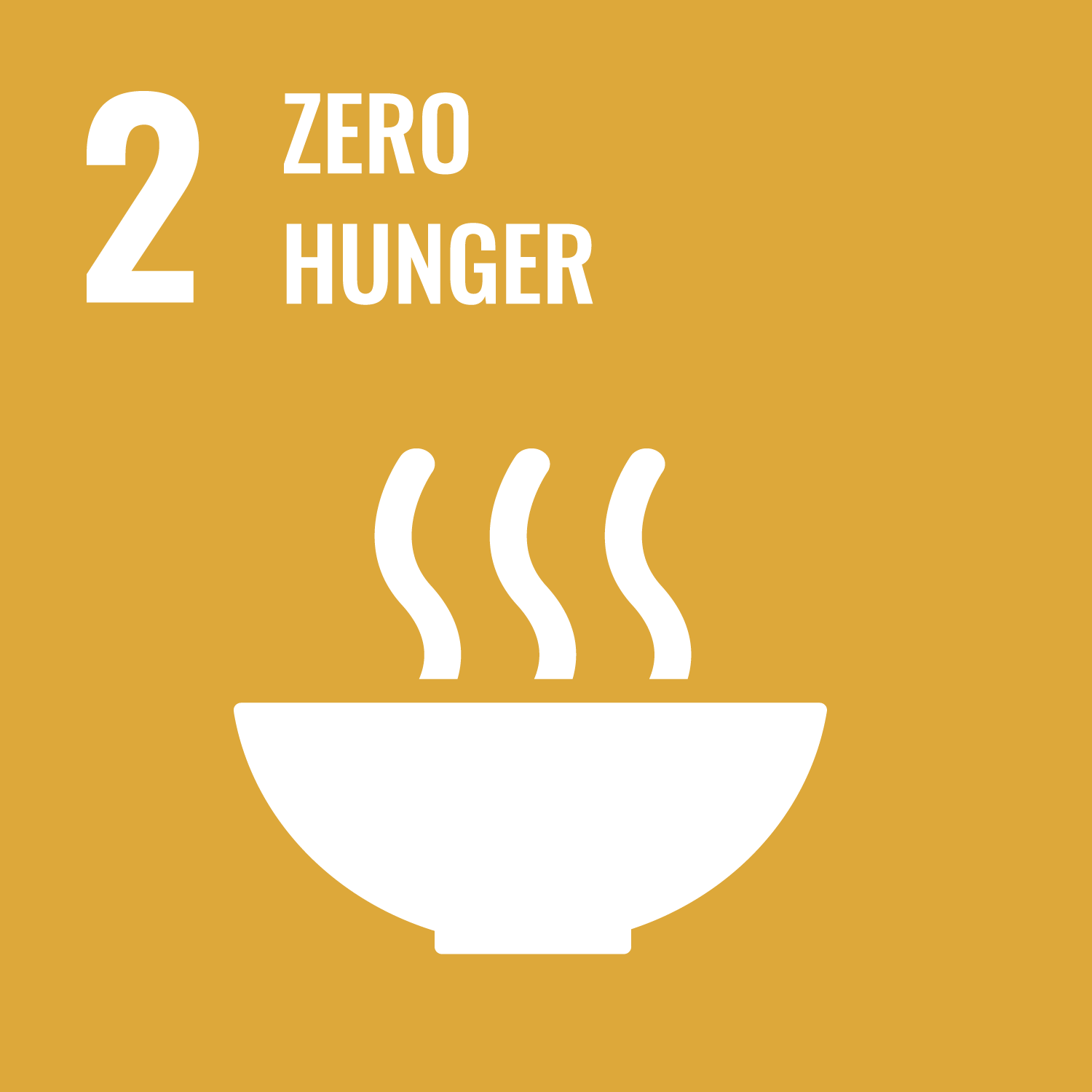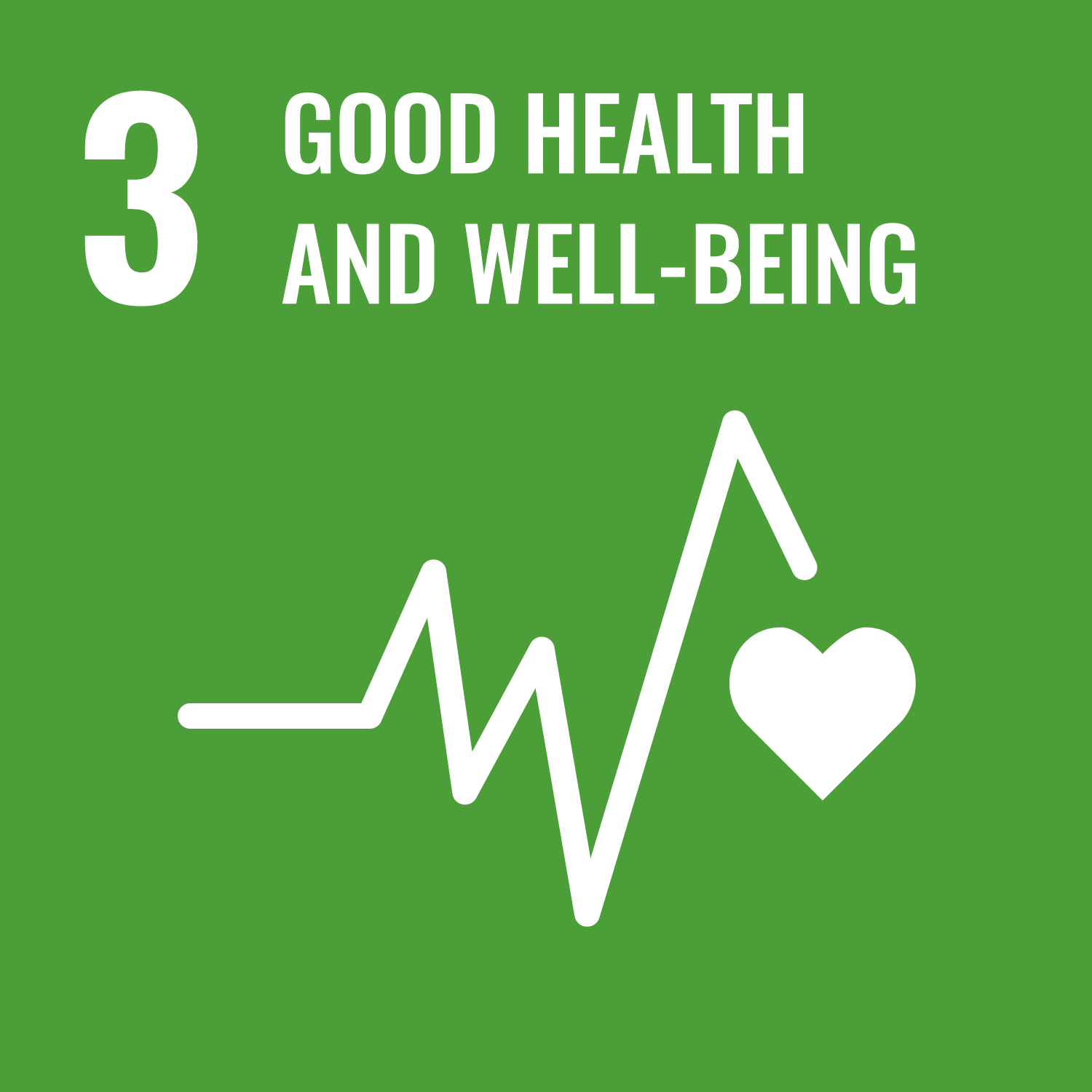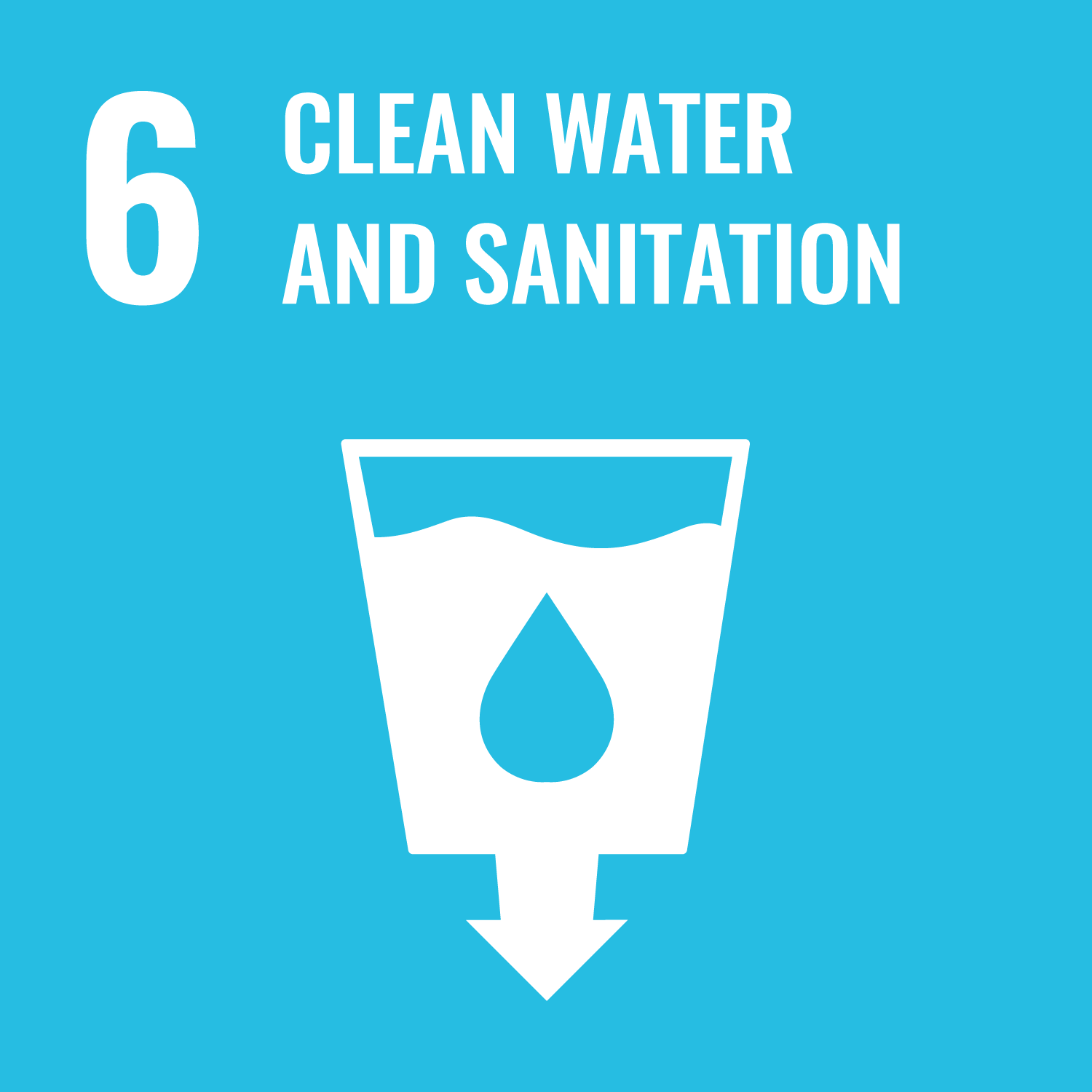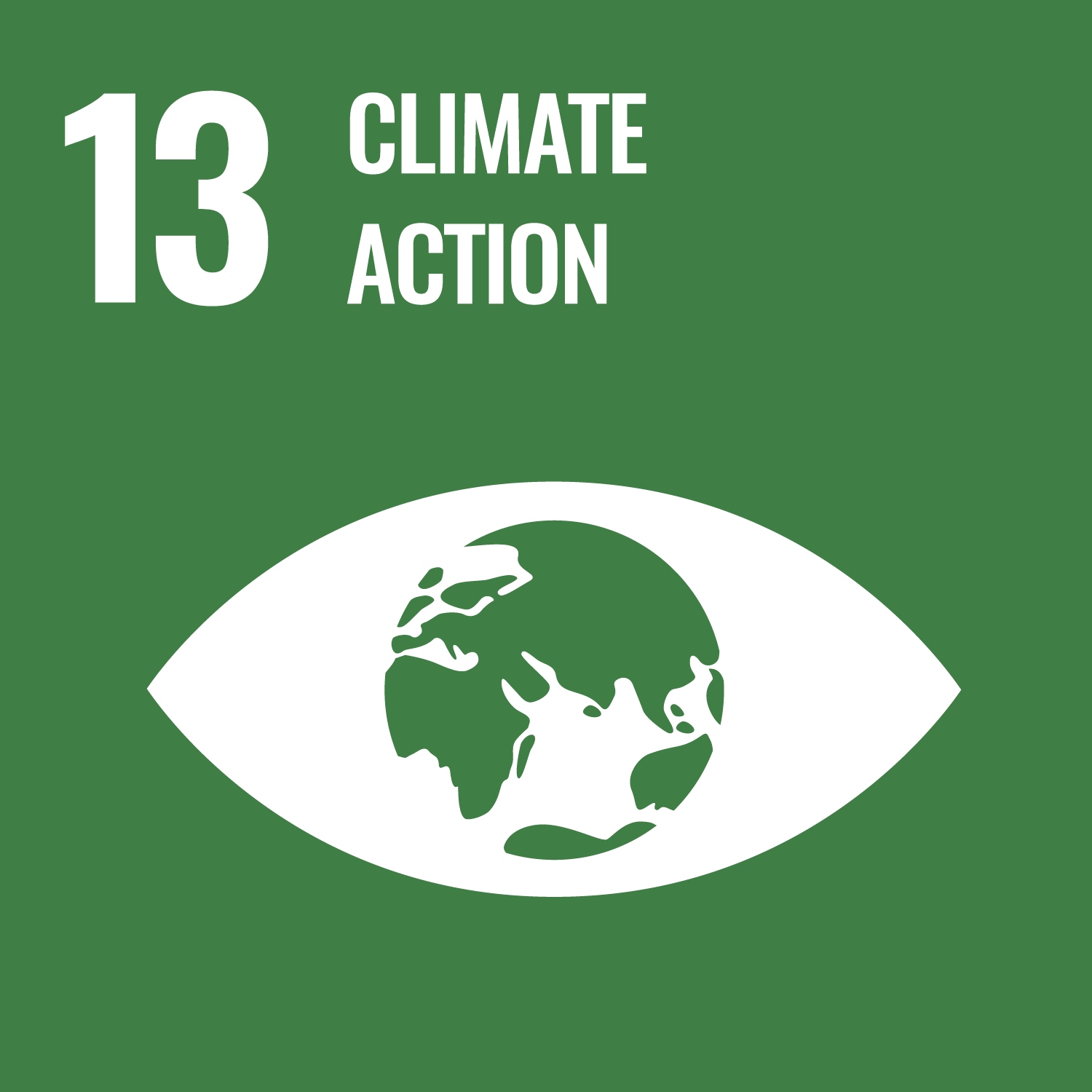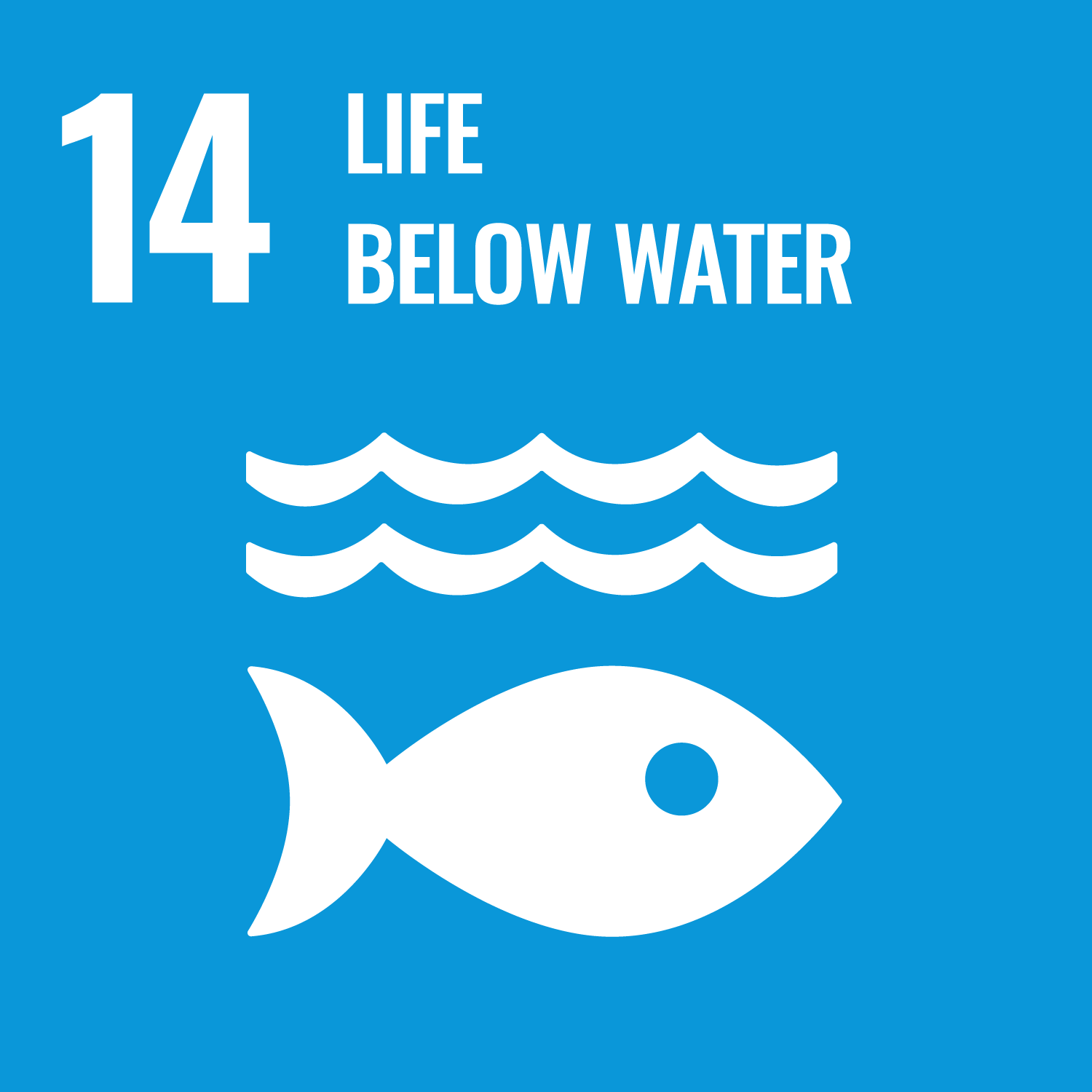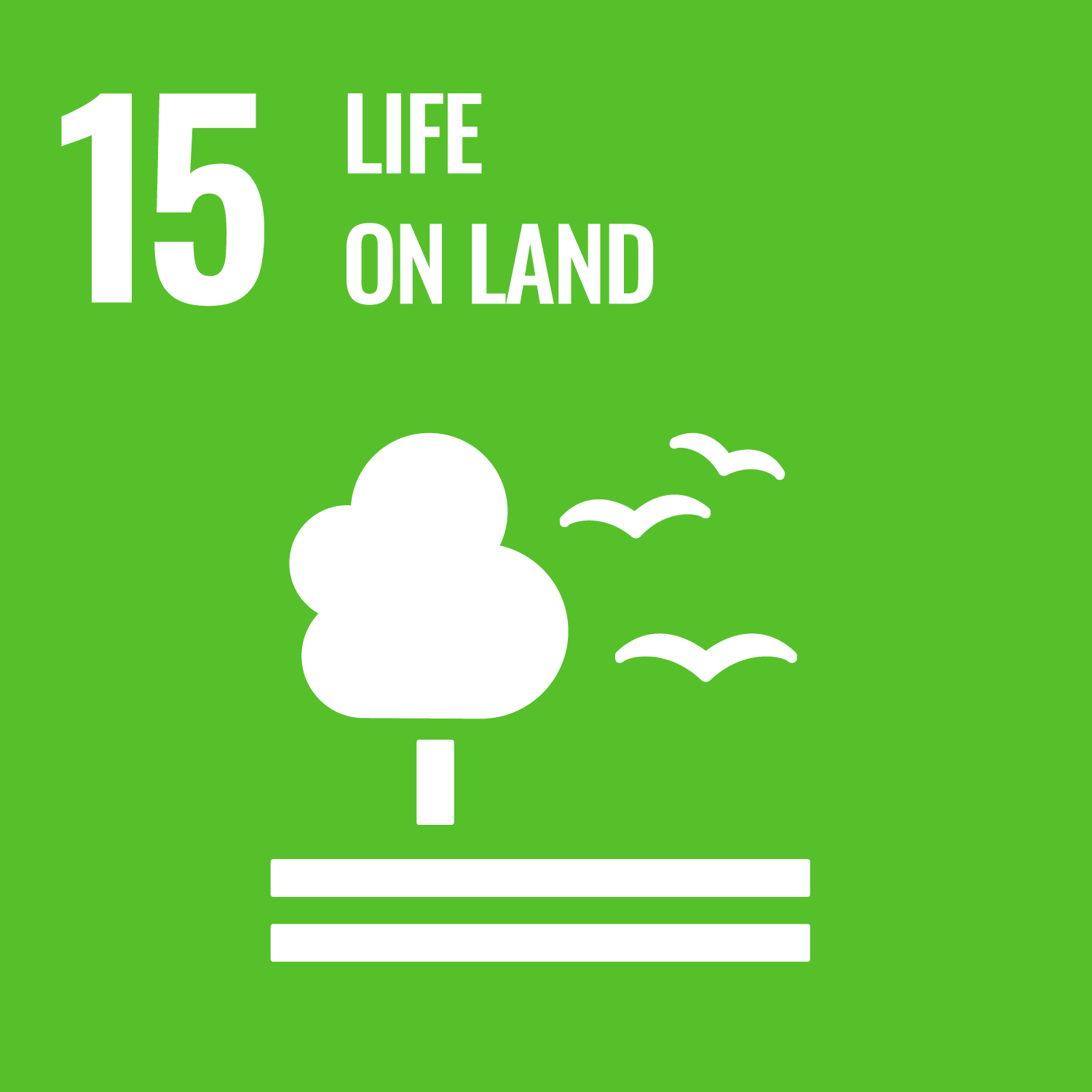
Dollar Donation Club
Organization
Ocean Voyages Institute
Mid-ocean plastic pollution solution
🛡️ High Trust Rating
🧐 Low Risk Rating

Integrated Impact ScoreVetted By
Return On Donation
$1

Expert Consensus
A practical and clever approach to making measurable progress on the ocean plastics problem now.
Snapshot
The Problem
11 million tons of plastic waste enters the ocean every year. Abandoned fishing gear ('ghost nets') accounts for up to 70% of all plastics on the surface of the ocean. It kills over 650,000 marine mammals annually and destroys reefs.
The Solution
Volunteer boats traveling through the Pacific Garbage Patch tag ghost nets they encounter with GPS tags. Larger vessels then geo-locate and remove the ghost nets. The collected nets are recycled/upcycled so that they cannot return to the oceans.
Impact to Date
Removed over 500,000 lbs of marine litter to date, saving countless lives.
World record ghost net plastic cleanup from the North Pacific Trash Gyre in 2020.
Recipient of many awards, including United Nations (UNEP): “Climate Hero Award” and Google Inc: “Earth Hero Award.”
Location of Impact
North Pacific Gyre “Pacific Garbage Patch”
Impact Per $1
$1 = 0.33 lbs of Plastic Removed From the Ocean
(equivalent to 30 credit cards of plastic or 15 plastic bottles)
Proof of Impact
Boat logs (messages from the sea), photos and video footage of the expedition in action.
Time to Realize Impact
1 year
Fund Usage
[Breakdown not available]
Will it actually make a difference?
$1 will remove approximately 0.33 lbs of ghost net plastic that would otherwise kill marine life, destroy coral reefs, and ultimately fray into microplastics consumed by fish and eventually human beings (it's estimated that the average person consumes 1 credit card of plastic each week).
In short: Yes
How is the donation used?
Your donation pays for a specially equipped boat, gear, and crew needed to pull plastic out of the ocean and process it responsibly so it never returns to the ocean or a landfill.
DDC's Favorites
Global top solution in mid-oceanic plastics clean up.
Practical approach to making measurable progress now.
Removes deadly toxic materials in the form of ghost nets that would be busy doing bad things for up to 600 years.
Collaborates with various organizations to advance technology and techniques for plastics recovery and processing.
Key Drawbacks
Collecting plastic once it is already the ocean is generally more difficult and less cost-effective than collecting it at the source (households) or in rivers that carry it out to sea.
Fund Usage
[Breakdown not available]
Integrated Impact Score
Effectiveness
68%Transparency
87%Track record
100%Measurability
96%Wisdom
75%Impact Innovation
90%Impact Stack
4.3Expert Vetters
Individual Questions
The Context
We have a plastic pandemic.
Ridding our oceans of plastics (and ensuring they stay clean) must be a top priority for humanity. It’s an easy one to forget about, considering that 70% of the surface of the entire planet (a little thing called the ocean) is generally unseen by human eyes.
But out there in the ocean, it’s estimated that up to 88% of the ocean’s surface is now contaminated by plastics. Of the 8.3 billion tons of plastic humanity has created over the last decade, it’s estimated that 91% is not recycled. Where were we expecting to put this stuff, y’all? 🤠
Now why is this an issue? Let’s start with the part that sucks the most for you and then work our way back…
It’s now estimated that you eat 1 credit card worth of plastic every week. Yeah. Microplastics are nearly invisible plastics that contain some of the most egregious chemicals to human health. And you’re eating and drinking them weekly, largely as a result of massive plastic pollution entering our waters.
1 in 3 fish caught for consumption are now contaminated with plastics, and 100% of baby sea turtles have plastic in their stomachs.
Beyond the human health effects, it’s estimated that over 650,000 marine animals are killed annually from plastic entanglement. And economically speaking, the United Nations has estimated that marine litter costs approximately 13 billion US dollars a year in environmental damage.
The worst part is – the longer we wait to solve it, the more exponentially difficult the task becomes. The real long-term solution must address the root cause – production and consumption of plastics. We must “turn off the tap.” At the same time, the extreme direct negative impact from ocean plastics must also be addressed. No matter what, we still have to clean all of it up, so might as well get started now.
Of all ocean plastics, abandoned fishing gear (Ghost Nets) are the most dangerous to marine life (4x more likely to kill marine animals than all other forms of marine debris combined), and since they eventually fray into microplastics, grabbing them now must be a priority.
Dollar Donation Club is vetting campaigns to address all dimensions of this problem to achieve the “impossible” and clean up the oceans for good.
Additional Data & References
About
We’re levelin’ up philanthropy!
The Dollar Donation Club Integrated Impact Score was designed to ensure that the world’s most powerful and holistic solutions are presented to our members. The goal is to identify acupuncture points of change – solutions that create maximum positive benefit using minimal resources, while triggering a large cascade of additional benefits.
More importantly, the Integrated Impact Score embodies our approach of smart-philanthropy.
It’s not enough for us to give with only our heart. We must also give intelligently – identifying solutions that address root causes, generate outsized measurable outcomes, integrate holistically into existing communities, consider long-term impacts, reduce the risk of unintended consequences and lead to self-reliant capabilities rather than co-dependencies.
It’s time for us to focus less on things like “overhead ratios” and more on the total, holistic positive result per dollar. Oh yeah, and it should be fun!
We believe that the best solutions...
- Solve root-causes rather than symptoms.
- Consider their impact 100 years into the future.
- Produce massive impact efficiently.
- Care for people and planet holistically.
- Leverage nature’s and humanity’s best technologies.
- Are radically transparent – financially and operationally.
- Are resilient against threats of reversal.
- Result in self-reliance, rather than dependence.
- Clearly understand total costs to achieve outcomes.
This vetting methodology was designed with careful care to identify these solutions.
How we calculate the Integrated Impact Score:
Individual Dimension Score
The scores for each individual dimension (e.g. Transparency, Measurability) are calculated by adding up the total points (1-5) per section and dividing by the total possible points for that section.
Impact Stack
The amount of points awarded for the Impact Stack section is based on an assessment of how directly or indirectly and effectively or ineffectively the solution addresses a particular Sustainable Development Goal, using the SDG indicators as a guide. Impact Stack is treated like a bonus of points by adding up the total Impact Stack score and dividing by 10 (i.e. every 10 points gives a bonus of +1 to the final IIS score).
Overall Integrated Impact Score
The overall Integrated Impact Score is calculated by averaging the total scores received in each of the Individual Dimensions (e.g. Transparency, Measurability, etc.). We then add the bonus points awarded by the Impact Stack. Overall scores are rounded up to the nearest integer at 0.5 (e.g. if a score of 94.5 is calculated, the final score will be 95, if a score of 94.4 is calculated, the final score will be 94).
Vetting methodology 02.01 | Originally published 03.15.2021, updated 01.02.2023 | This report's change log is here.


100% of contributions go to the Dollar Donation Club Fund, a wholly owned subsidiary of Legacy Global Foundation Inc, a public 501(c)3 charitable organization.
© Dollar Donation Club 2025
